The Essential Difference Between Spotlights and Downlights
While spotlights and downlights may look similar, their design concepts and functional positioning are completely different. Understanding their core differences is the first step to making the right choice.
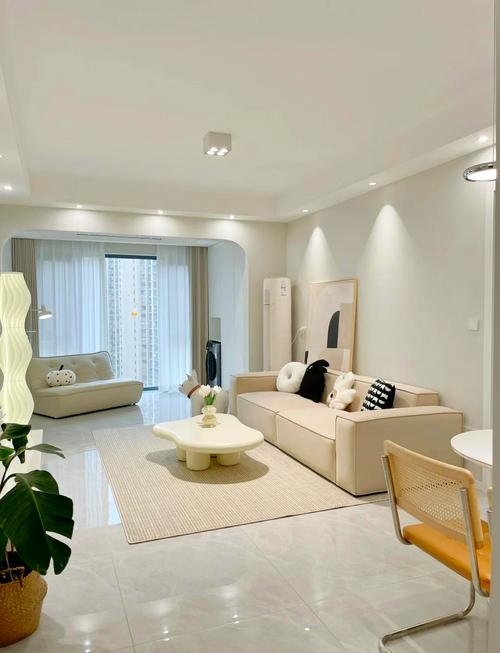
The fundamental difference between the two is their beam characteristics
Spotlights utilize a concentrating design, typically with a beam angle of 15°-45°. This produces a concentrated, bright spot of light, ideal for highlighting specific objects or areas. These fixtures often incorporate a reflector or lens to focus the light, allowing them to precisely "lock on" their target. Downlights, on the other hand, utilize a floodlight design with a beam angle of 60°-120°, evenly dispersing the light and providing basic illumination without a noticeable spot. Imagine a spotlight as a stage spotlight, while a downlight resembles evenly distributed sunlight.
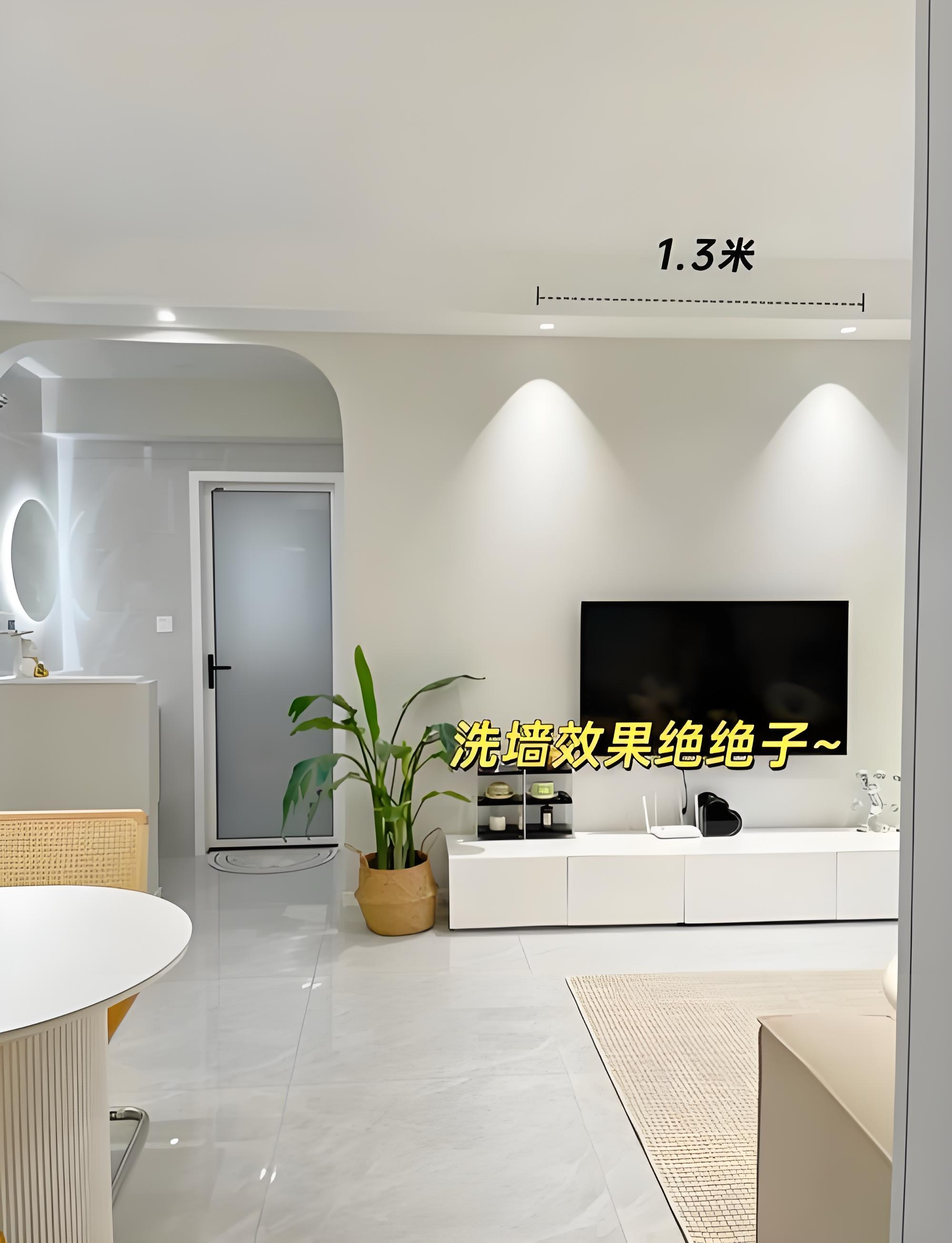
Adjustable is another key different
Most spotlights are designed with adjustable heads, allowing users to change the beam angle as needed (usually within a 30-45° range). This flexibility makes them ideal for highlighting wall decorations, artwork, or architectural details. Downlights, by contrast, typically have a fixed downward beam direction and cannot be adjusted. This design ensures even light coverage across the entire area.
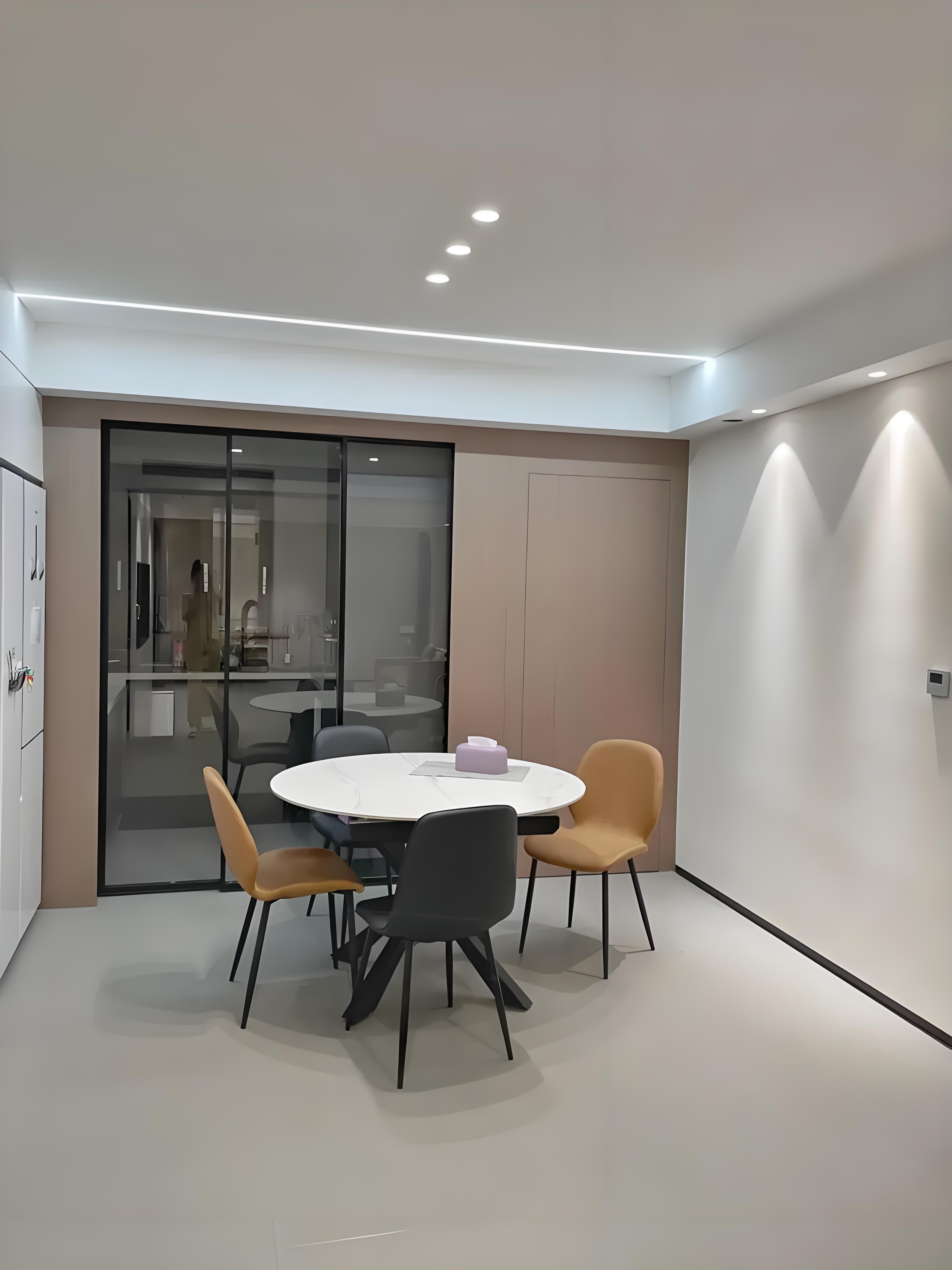
Appearance and structure is different
The spotlight body is deeper, with an obvious focusing structure inside, and the overall shape is similar to a flashlight; the downlight is relatively flat, consisting of a mask and LED light source, and has a simpler appearance.
This structural difference directly leads to different lighting effects - spotlights can concentrate light to a farther distance, while downlights "gently" cover the surrounding area.
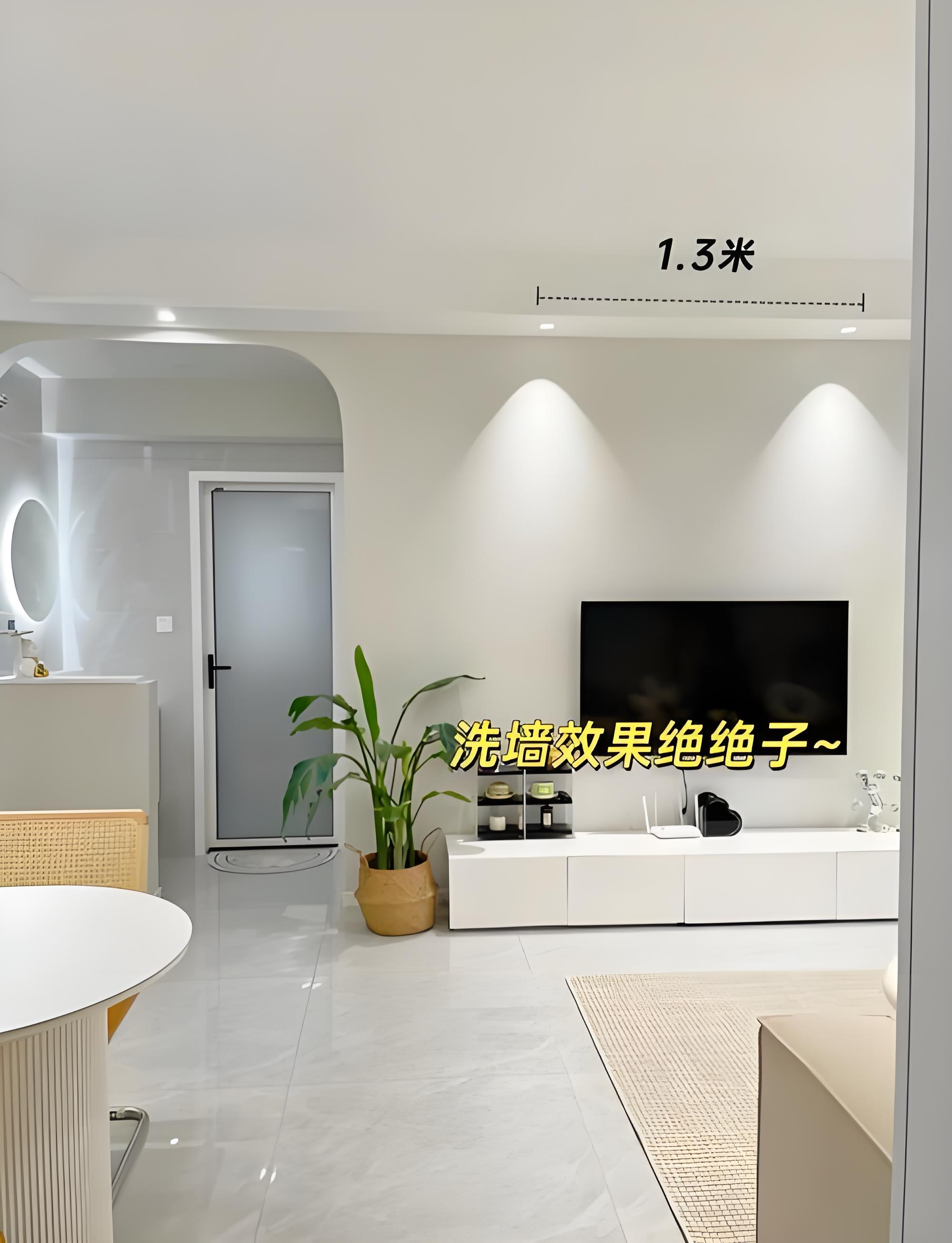
Compare the core parameters between Spotlights& Downlights
Comparison Item | Spotlights | Downlights |
Beam Angle | 15°-45° | 60°-120° |
Light effect character | The light is concentrated to form a clear spot | Light is evenly dispersed without strong contrast |
Adjustable | Adjustable | Fixed direction, not adjustable |
Lighting Depth | Deeper (due to the focusing structure) | Relatively shallow |
Main Features | Accent lighting, atmosphere creation | Basic lighting, even lighting |
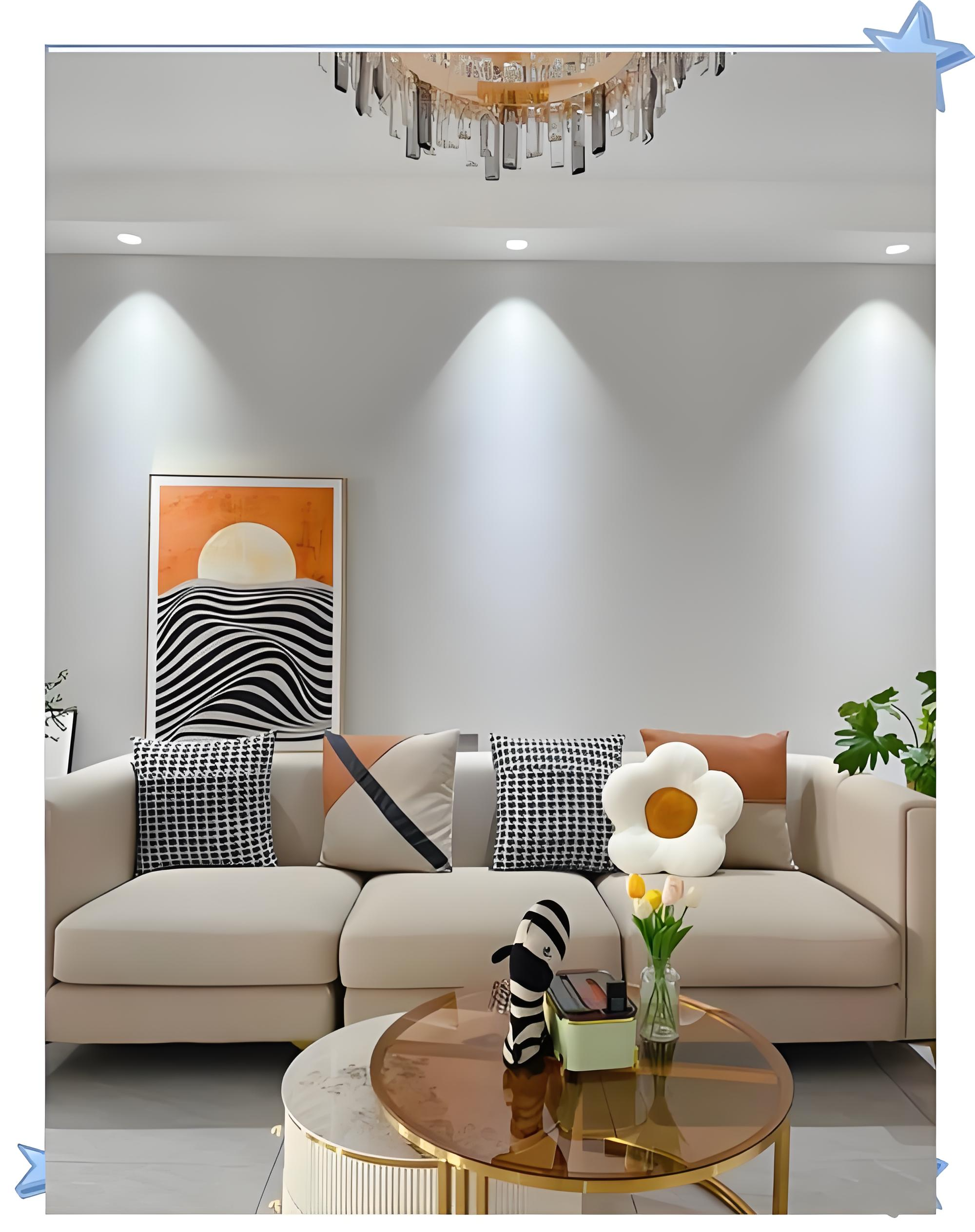
Applicable scenarios and matching strategies
Understanding the appropriate scenarios for spotlights and downlights is key to successful lighting design. Each type of lighting fixture has its own strengths, and cleverly combining them can create a rich, functional lighting environment. Based on the advice of professional lighting designers and real-world application examples, we've developed a set of scientific principles for scene adaptation.
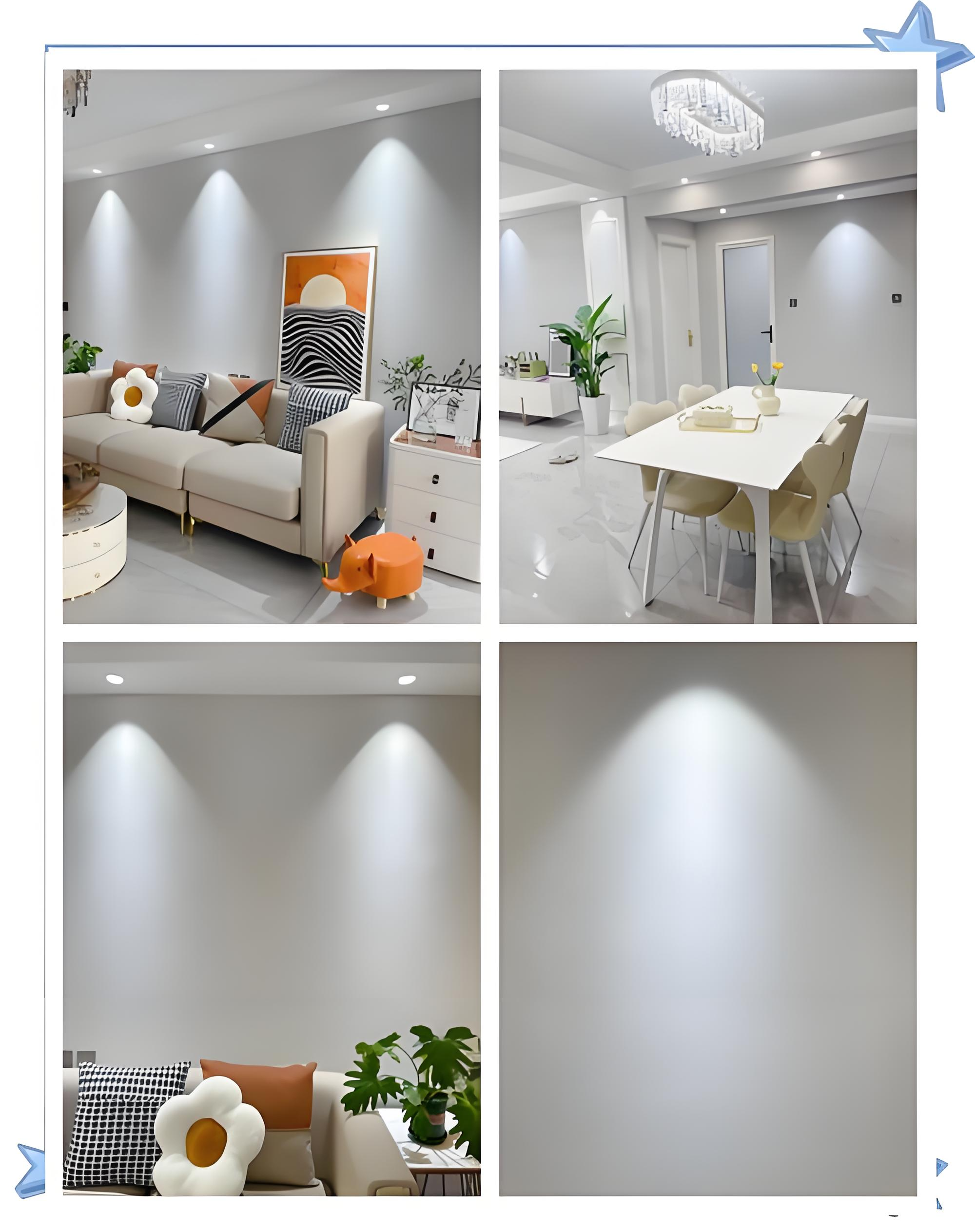
Spotlights, with their focused light properties, excel in the following scenarios:
High Lighting Art and Decor
Spotlights are ideal for showcasing wall paintings, sculptures, or feature walls. Their concentrated beam enhances texture and color saturation. Data shows that using a 24° spotlight to illuminate a painting creates a 60% greater three-dimensional effect than downlights. This lighting method is commonly used in entryways and living room accent walls in galleries and high-end residences.
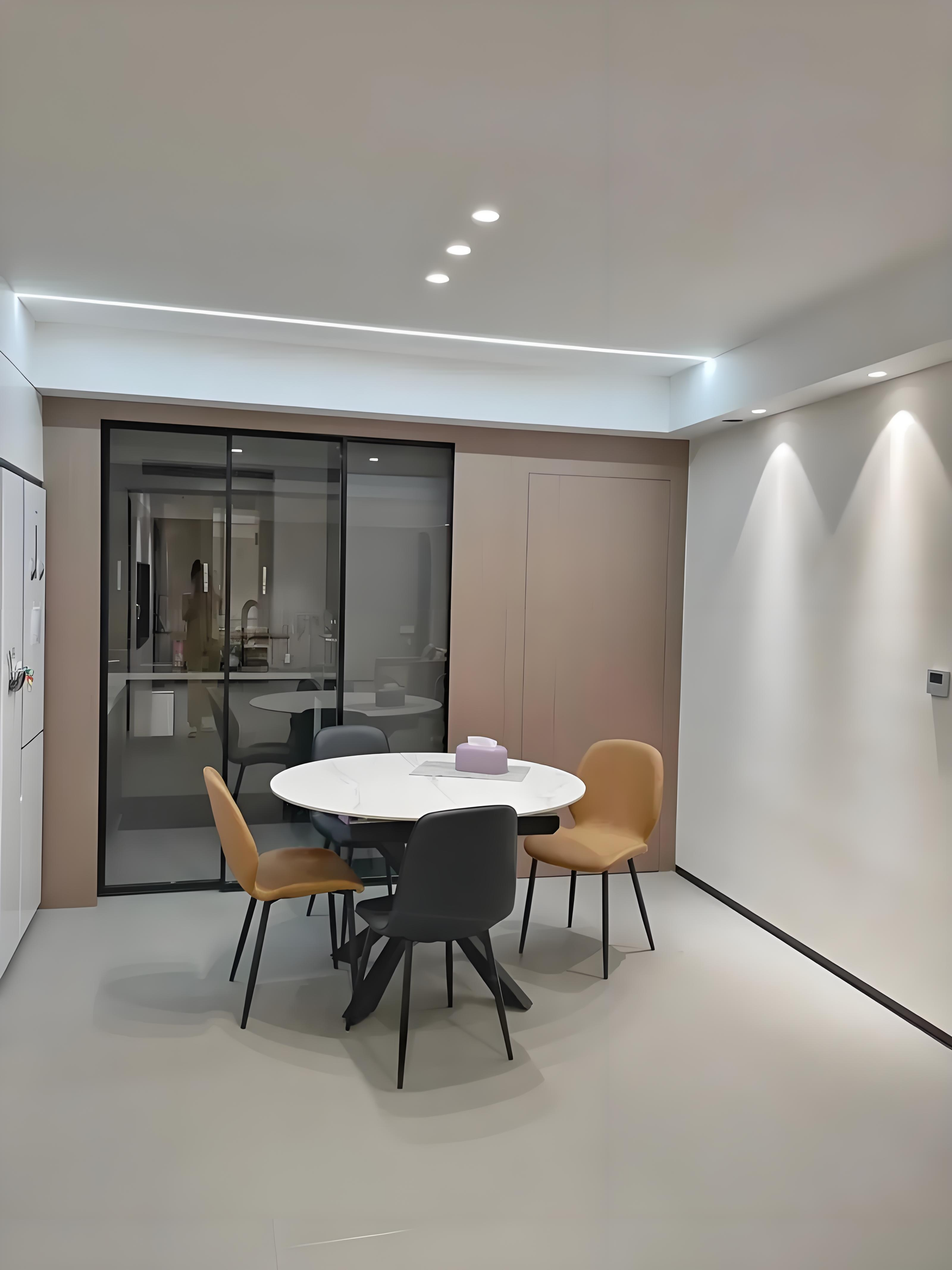
Commercial Display Areas
Using spotlights in jewelry stores, clothing stores, and product display cases can significantly enhance the appeal of merchandise. Spotlights with a high color rendering index (Ra ≥ 90) can accurately reproduce the product's true color. It's also worth noting that cold-light spotlights are recommended for industrial applications to avoid damaging valuable merchandise with high temperatures.
Functional Area Lighting
Installing spotlights above kitchen countertops, study reading nooks, and dining tables provides targeted illumination. Tests show that using a 15° spotlight below kitchen cabinets reduces shadows caused by cutting vegetables by 70% compared to downlights.
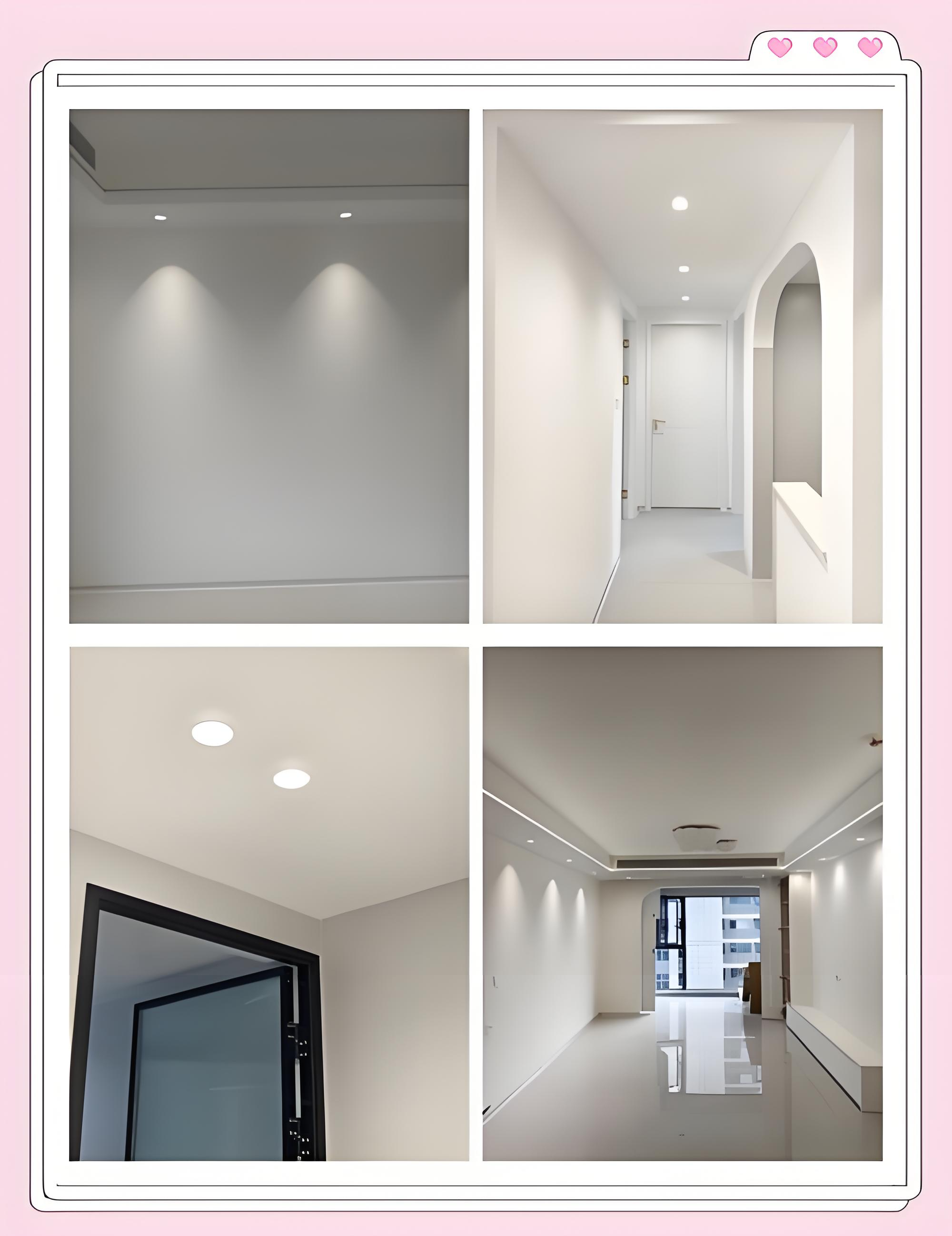
Creating a Wall Wash Effect
Arranging multiple spotlights along a wall and precisely controlling their angles can create a gradient light and shadow effect, enhancing the sense of space. This technique is commonly seen in hotel corridors, high-end retail spaces, and modern residential designs.
Downlights, on the other hand, excel at providing uniform, basic illumination and are suitable for:
Large-area lighting:
In areas requiring uniform lighting, such as living rooms, bedrooms, and offices, downlights can avoid visual fatigue caused by sharp contrasts between light and dark. In corridors and hallways, strategically placed downlights can eliminate shadows and ensure pedestrian safety.
Low-ceiling spaces:
Because downlights are typically recessed, they don't take up additional space, making them particularly suitable for modern apartments with limited ceiling height. Ultra-thin downlights can even fit ceilings as low as 8cm.
Environmental environments requiring anti-glare:
Downlights with a deep-cup anti-glare design (UGR <19) are suitable for areas with long-term use, such as living rooms and bedrooms, effectively reducing direct glare.
Humid and special environments:
Moisture-resistant downlights are suitable for kitchens, bathrooms, and other areas with high humidity, ensuring safe and stable operation of the lighting system.
The wisdom of professional lighting design is best demonstrated through case studies of combined use.
A typical living room lighting scheme might include: 60° anti-glare downlights (1.5 meters apart) for basic illumination, 24° spotlights (30 cm from the wall) to highlight the TV wall, and 36° spotlights focused on the coffee table or reading area. A dining room might employ a combination of focused spotlights and supplemental downlights: a 36° spotlight (1.2 meters from the table, 800 lux) directly above the dining table to stimulate appetite, while 40° downlights around the perimeter balance the contrast between light and dark.
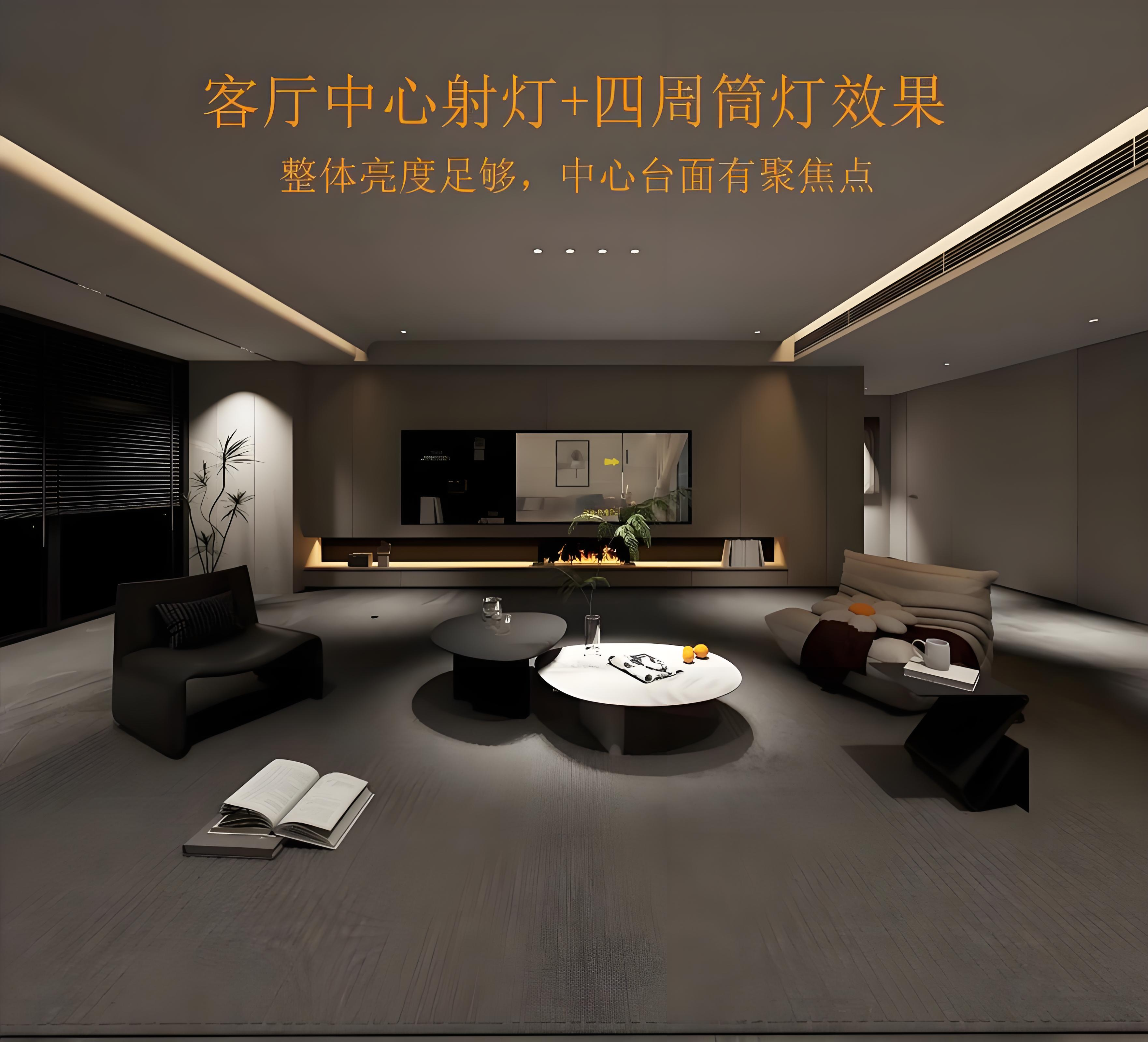
Commercial spaces
such as retail stores, require more sophisticated lighting schemes: downlights ensure uniform brightness (300-500 lux), while spotlights enhance key merchandise areas (1000-1500 lux). A 3:1 to 5:1 illumination ratio guides the customer's eye. Remember one principle: "downlights illuminate the space, spotlights illuminate the key points". This layered lighting strategy can significantly improve the quality and functionality of the space.



